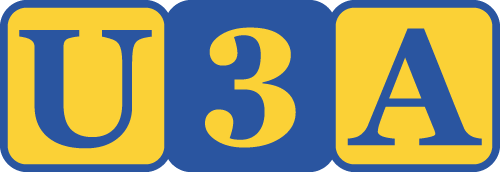Term 3 2021 Thursdays at 10.00am
REMEMBERING MELBOURNE BEYOND THE GOLDEN MILE
This continuation from the Remembering Melbourne Course will explore the traditional ownership, the topography and the history of colonial settlement from the 1840s of the inner suburbs. This course will also present stories of colourful residents and significant buildings as we follow the expansion of train lines and tram lines out of the centre of the city.
15 July Tutor: Mary
The Cemeteries – Melbourne General, Booroondara, StKilda, Brighton
Famous graves. These early cemeteries hold the stories of judges, politicians, newspaper editors, poets and artists. Walter Lindrum’s gravestone is a Billiard table!
22 July 1840/1841 Tutor: Mary
Brighton was planned as a completely new town and was settled by Henry Dendy in 1840. Settled to replicate their estates in the UK. Political influence by land developer Tommy Bent was a notorious scandal.
St Kilda, the playground of Melbourne was an exclusive suburban retreat virtually from the time of European settlement.
29 July 1849/1855 Tutor: Rod
Port Melbourne or Sandridge was the gateway to Melbourne. Known for Station Pier it boasted the first railway line in Australia as well as the Air Booking service, Swallow and Ariel, Kitchen Soap and Candles and a distillery.
South Melbourne/Emerald Hill. The area was first settled by Europeans in the 1840s and became known as Emerald Hill. During the Victorian Gold Rush of 1851 a tent city, known as Canvas Town was established. The area soon became a massive slum, home to tens of thousands of fortune seekers from around the world.
5 August 1842 Tutor: Donna
Richmond – home to Melba’s family, a racecourse, intense manufacturing and Richmond Hill where the gentry resided.
North Melbourne where the Benevolent Asylum was located and the Locomotive Depot housed turntables and six track entrances.
12 August 1854 Tutor: Mary
East Melbourne. A barracks house was built for the first government official, Lonsdale, before Governor LaTrobe arrived with his own pre fabricated house and erected it. Important buildings, the Fire Station, St Vincent’sHospital, the MCG, as well as the home of the Anglican Archbishop (Bishopcourt) and the home of Von Guerard are among many grand buildings
19 August 1851 Tutor: Russell
West Side Story. This area was surveyed along the chain of ponds and the Maribyrnong River very early in Victoria’s settlement but came into prominence when it became a stop over on the way to the goldfields.
Home to racecourses and an aerodrome.
26 August 1873 Tutor: Mary
Collingwood/Carringbush. Most development took place on the banks of the Yarra where early settlers built mansions and the Dight brothers established a flour mill at the falls. Home to bootmakers, bootleggers and book makers, this suburb housed John Wren.
2 September Tutor: Steph
Stately Homes – Como, Ripponlea, Stonnington, Labassa, Iron houses in South Melbourne
The Gold Bonanza meant the Melbourne was awash with riches and the National Trust Houses still standing tell stories of the wealthy merchants and speculators who inhabited them.
9 September Tutor: Vera
Maribyrnong Migrant Hostel. They came from around the world to populate Melbourne in the 20th Century- we can segue from this to a further course about Melbourne institutions in 2022.
